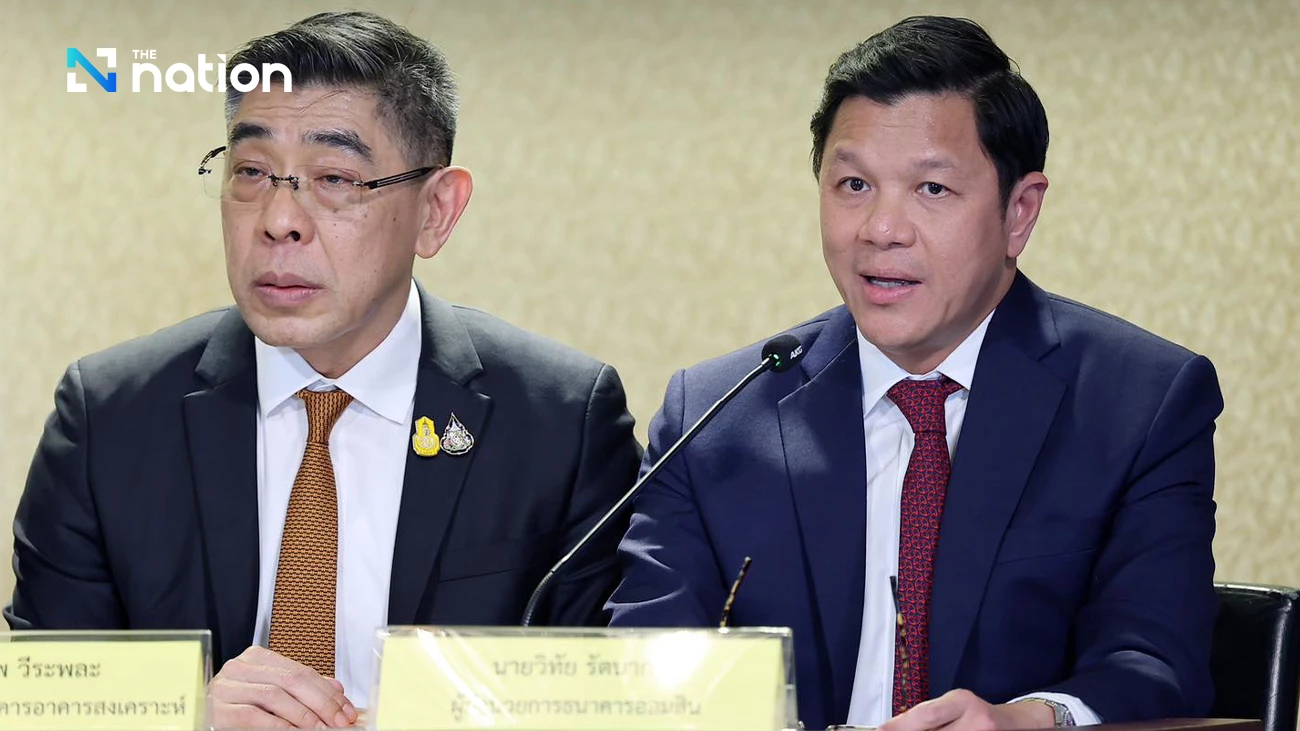Chinese central bank plan could bolster Thai exports: economists

ECONOMISTS say the People's Bank of China's decision to lower its reserve requirement ratios (RRR) might benefit Thailand's exports and investments in China's stocks from the higher amount of liquidity if the current easing of the PBOC's monetary pol
The World Bank Group projects that China’s gross domestic product will be able to expand by 7.1 per cent this year.
The PBOC has reduced RRR by 50 basis points to 19.5 per cent for major banks and to 17.5 per cent for small and medium-sized financial institutions. In addition, the PBOC cut RRR by 50 basis points for city and rural commercial banks that met the requirements for small-business loans.
Somchai Amornthum, executive vice president for the research department at Krung Thai Asset Management, said the PBOC de-cision did not reflect that China’s economy is slowing faster than expected, because the move was not a surprise.
NPC’s growth target
“Its RRR rate has been very tight at 20 per cent, and it was one of the highest in the world, so it is not surprising that it has lowered it,” he said.
“The higher amount of liquidity along with a 7-per-cent GDP expansion in China would help Thailand’s export of merchandise, but we will have to wait and see what the NPC’s growth target for this year will be when it announces it in early March. However, if it announces a number that is worse than 7 per cent, then it would be a negative surprise for Thailand.”
Somchai added that the higher liquidity and 7-per-cent GDP growth forecast would mean that investments in China stocks would provide a better return, so that would be good for Thais who have investments in that country.
Apichat Wisitkitchakarn, an economist at Tisco Financial Group, said the PBOC move was aimed at increasing domestic consumption. As Chinese spend more, some of that money could find it way to Thailand via the tourism industry, especially during the Chinese New Year period.
“The expected increase of Chinese tourists this year could compensate for the slowdown of Russian visitors,” he said.
The UOB Global Economics and Markets Research team in Singapore said the PBOC move was within expectations and the decision was made to shore up its previous efforts of targeted RRR cuts and interest-rate reductions, and to mitigate the impact of capital outflows.
The research team said the timing of the decision could have been motivated by last month’s official Purchasing Managers’ Index result from the National Bureau of Statistics of China, which showed that the manufacturing PMI was drifting into the contraction zone |for the first time since September 2012.
Ease up further
The UOB team estimates that the RRR cuts should free up about 590 billion yuan (more than Bt3 trillion) in funds in the banking system, and China’s central bank is likely to ease up further by at least one more round of RRR reductions and a further interest-rate easing this year.
Reorient Group, an investment firm in Hong Kong, estimates that the PBOC decision will inject 650 billion yuan into the financial system and stabilise interbank rates, but will fall short of making up for the de facto tightening effects of continuing capital outflows.
Reorient’s executive managing director and strategist, Uwe Parpart, said he foresaw another RRR cut in the near future as well as another policy-rate cut by 25 basis points after the NPC session on March 5. Such moves by the PBOC would imply further mild depreciation of the yuan, which is required to help reverse the dismal industrial-profits picture.
UOB Global Economics and Markets Research believes the yuan will be valued at 6.29 per US dollar by the end of 2015, and anticipates a widening of trading bands this year.
The yuan was trading at 6.24 as of February 6.
RELATED





